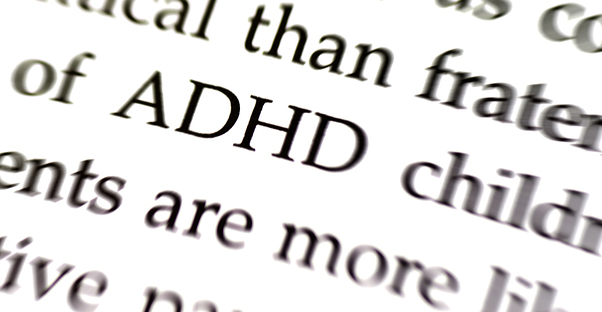Both Attention Deficit Disorder and Attention Deficit Hyperactivity Disorder are conditions that tend to be the center of many discussions these days.
Many people do understand the basic components that signify the conditions; however, they do not realize that ADD and ADHD are different. While they do share some similarities, understanding the differences between them is very important. ADD is difficult to distinguish from ADHD because it generally has the same meaning as one type of ADHD (ADHD, inattentive type). Essentially, both of these conditions refer to struggles with paying attention or remaining focused, but the causes, manifestations, and signs can all be different. Some will even say that one term is for children and one is for adults, but this inaccurate.
Differences Between ADD and ADHD
Discussing the similarities of these two terms is extremely difficult because ADD is not a term that is used in the medical field anymore. ADHD is the proper term, but even that has its flaws. Instead of simply saying that a person has ADHD, three different types have been identified. ADHD, inattentive type is often the one that is confused with ADD. Individuals with ADHD, inattentive type, as the name implies, have difficulty focusing on tasks and staying concentrated on one thing.
The Other Types of ADHD
To fuller understand the larger scope of this picture, you need to know a little bit about the other two forms of ADHD. ADHD, hyperactive-impulsive type means that the individuals have trouble staying still. It may not be a case where they just stop paying attention. Instead, they will get out of their seats during a class lecture or wander around when the other students are working in small groups. A person can also have ADHD, combination type, which means that he or she shows symptoms of both the inattentive type and the hyperactive-impulsive type.
Who Does ADHD Affect?
Many people assume that children are the only ones who can be affected with ADHD; however, this is not the case. It is entirely possible for adults to be diagnosed with ADHD. The ADHD might manifest first in childhood and then continue on into adulthood. On the other hand, a person might first begin to develop the symptoms of one of those three ADHD types in his or her adulthood. This condition knows no age.
Root of Misconceptions
Quite a few misconceptions exist about ADHD. The confusion with ADD and the use of the term likely results from the fact that it was used in the past to describe the condition. Persons who employed that term in the past may continue to do so now. The assumption that children are the only ones with ADHD may emerge because it is diagnosed with increasing frequency in early childhood cases.
Whether you are struggling with ADHD yourself or you think your child might be, knowing the truth about this condition is essential to your understanding of it.




